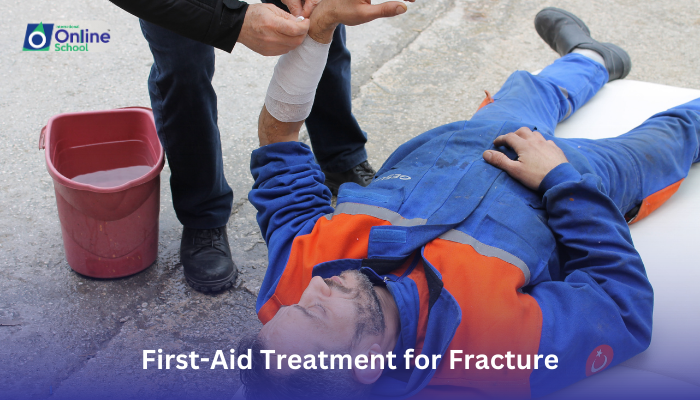
Learning Outcomes:
i. Differentiate between joint dislocations and sprains, understanding the underlying mechanisms of each injury.
ii. Identify common signs and symptoms of joint injuries.
iii. Describe the basic steps of first-aid treatment for joint injuries, emphasizing safety and preventing further harm.
Introduction:
Imagine your joints as the hinges and pivots of your body, allowing for movement and flexibility. But even the sturdiest hinges can encounter bumps and twists. In this lesson, we'll explore two common joint injuries: dislocations and sprains, and learn how to provide immediate first aid to minimize pain and prevent complications.
i. Dislocation: A Bone Out of Place
Think of a dislocated joint like a door popping off its hinges. When a bone is forced out of its normal position in the joint socket, it's called a dislocation. This can cause:
Severe pain: The displaced bone irritates surrounding nerves and tissues, leading to intense pain.
Deformity: The joint appears swollen and misshapen, with the bone visibly out of place.
Loss of mobility: The affected joint loses its normal range of motion, making movement difficult or impossible.
ii. Sprain: A Ligament in Distress
Sprains happen when the ligaments, the tough bands that stabilize joints, are stretched or torn beyond their normal range. This can be caused by:
Sudden twists or jolts: Awkward landings or unexpected movements can overstretch the ligaments, leading to a sprain.
Overuse: Repetitive strain on a joint, like playing certain sports excessively, can fatigue and weaken the ligaments, making them more susceptible to sprains.
iii. Recognizing the Signals:
Knowing the signs and symptoms of joint injuries is crucial for prompt action. Look for:
Pain: This is the most common indicator, ranging from dull ache to sharp throbbing depending on the severity of the injury.
Swelling: Inflammation and fluid buildup cause the joint to appear puffy and enlarged.
Deformity: In dislocations, the joint may appear visibly out of place, while in sprains, there might be subtle changes in joint alignment.
Limited movement: The injured joint loses its normal range of motion, making it difficult or painful to move.
iv. First Aid Fundamentals: The RICE Principle
When faced with a suspected joint injury, remember the RICE principle:
Rest: Immobilize the injured joint to prevent further damage. Use a splint, sling, or brace if available.
Ice: Apply ice packs wrapped in a cloth to the affected area for 20-minute intervals with breaks to reduce swelling and pain.
Compression: Wrap the joint with an elastic bandage (not too tight) to provide support and minimize swelling.
Elevation: Keep the injured joint elevated above the level of the heart to promote drainage and reduce swelling.
v. Seek Professional Attention:
While first aid can provide immediate relief, seeking professional medical attention is crucial for proper diagnosis and treatment. A doctor can:
Assess the severity of the injury and determine if it's a dislocation or sprain.
Perform X-rays to rule out fractures or other complications.
Recommend appropriate treatment, which may include pain medication, physical therapy, or surgery in severe cases.
Understanding joint injuries and their first-aid management empowers us to provide immediate care and minimize potential complications. By recognizing the signs, remembering the RICE principle, and seeking professional help when necessary, we can ensure a faster and safer recovery for ourselves and others. So, the next time you hear a "pop" or feel a sharp pang in your joint, remember the lessons of this lesson, and act swiftly to help yourself or someone in need!